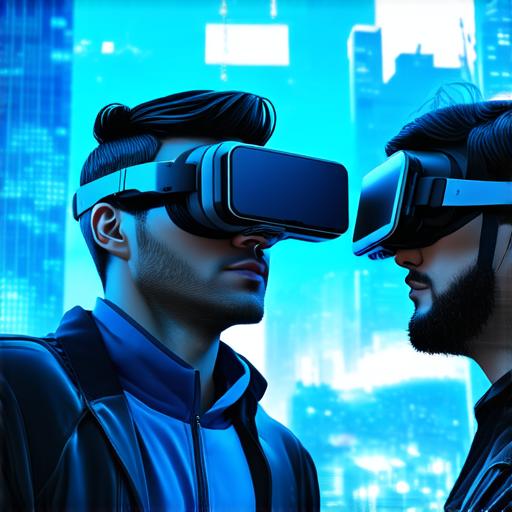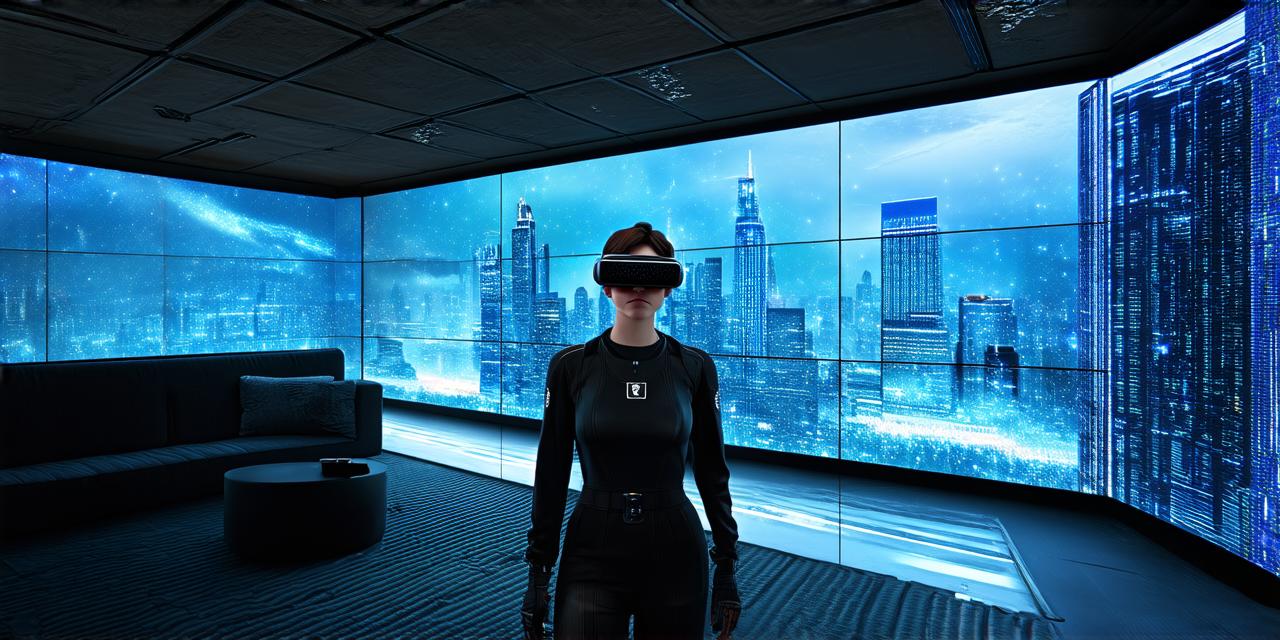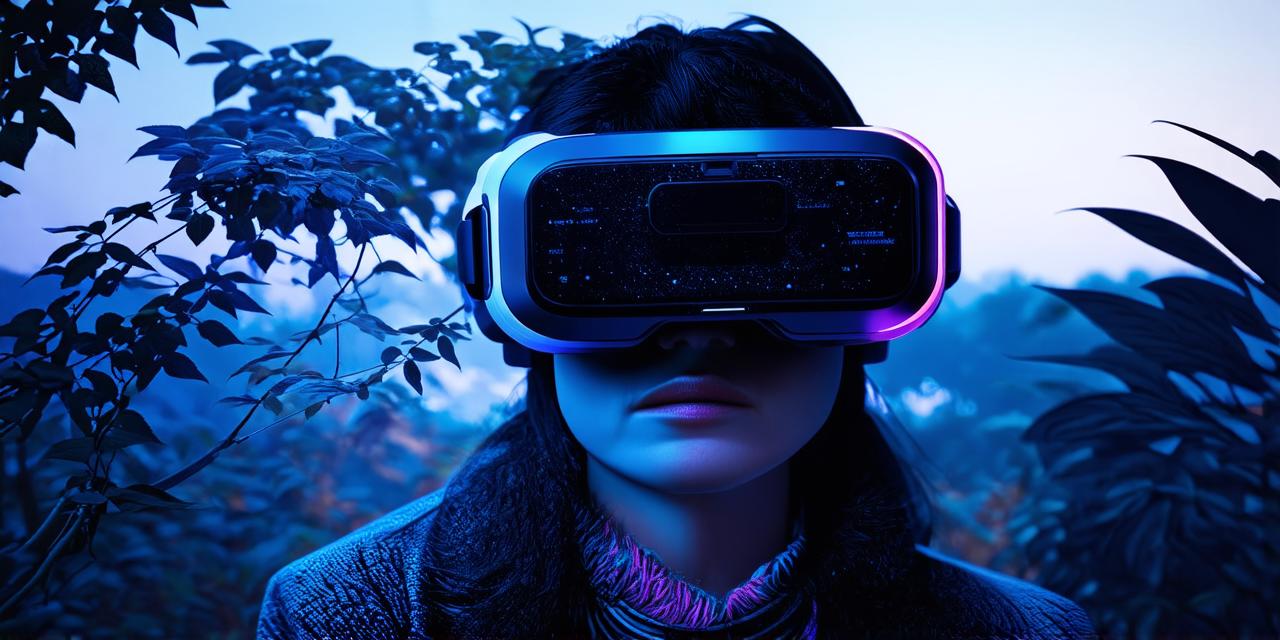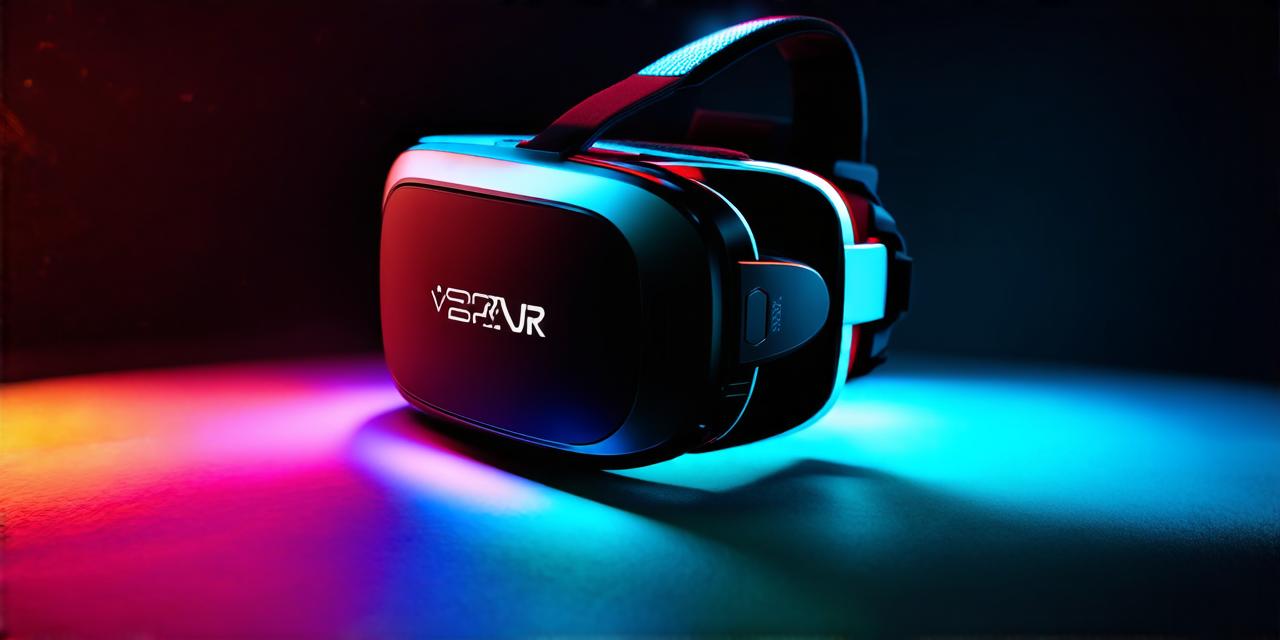Virtual Reality and Augmented Reality: Commonalities and Distinctions
Virtual reality (VR) and augmented reality (AR) are two of the most exciting technologies of our time. They offer immersive and interactive experiences that can transform the way we work, learn, and play.
What is Virtual Reality?
Virtual reality is a computer-generated simulation of a 3D environment that can be interacted with in real-time. VR headsets, such as the Oculus Rift or HTC Vive, create an immersive experience by blocking out the real world and replacing it with a virtual environment. In VR, users can move around in a virtual space, interact with virtual objects, and even feel sensations like heat and cold.
What is Augmented Reality?
Augmented reality, on the other hand, enhances the real world with digital information. AR apps, such as Pokemon Go or Ikea Place, use a camera to superimpose digital objects onto the real world. These objects can be interacted with and manipulated in real-time, creating a seamless blend of the physical and digital worlds.
Commonalities Between Virtual Reality and Augmented Reality
- Immersive Experiences: Both VR and AR offer immersive experiences that transport users into new and exciting environments. While VR completely blocks out the real world, AR enhances it with digital information.
- Interactivity: Both VR and AR allow users to interact with virtual or real-world objects in real-time. Users can move around, touch, and manipulate objects, creating a highly engaging experience.
- Real-Time Rendering: Both VR and AR require real-time rendering of digital information, which requires powerful hardware and software capabilities.
Distinctions Between Virtual Reality and Augmented Reality
- Perspective: VR offers a fully immersive experience where the user is completely removed from the real world. AR, on the other hand, enhances the real world with digital information, allowing users to see both the physical and digital worlds at the same time.
- Realism: VR creates a highly realistic simulation of a 3D environment, while AR enhances the real world with digital information. AR may not be as realistic as VR, but it offers a more practical and useful experience.
- Use Cases: VR is commonly used for gaming, entertainment, and training purposes, while AR is commonly used for educational, retail, and industrial purposes.
Case Studies and Personal Experiences

One of the best ways to understand the commonalities and distinctions between VR and AR is by looking at real-life examples. Here are a few case studies and personal experiences that illustrate the differences between these two technologies:
Virtual Reality in Gaming
In gaming, VR offers a highly immersive experience that transports users into new and exciting worlds. For example, the popular VR game “Beat Saber” allows users to swing virtual light sabers to music, creating a highly engaging and memorable experience.
Augmented Reality in Retail
AR is commonly used in retail to enhance the shopping experience. For example, the IKEA Place app uses AR to allow users to see how furniture would look in their home before they buy it. This not only saves time and money but also provides a more personalized shopping experience.
Personal Experience
I recently tried both VR and AR for the first time.




